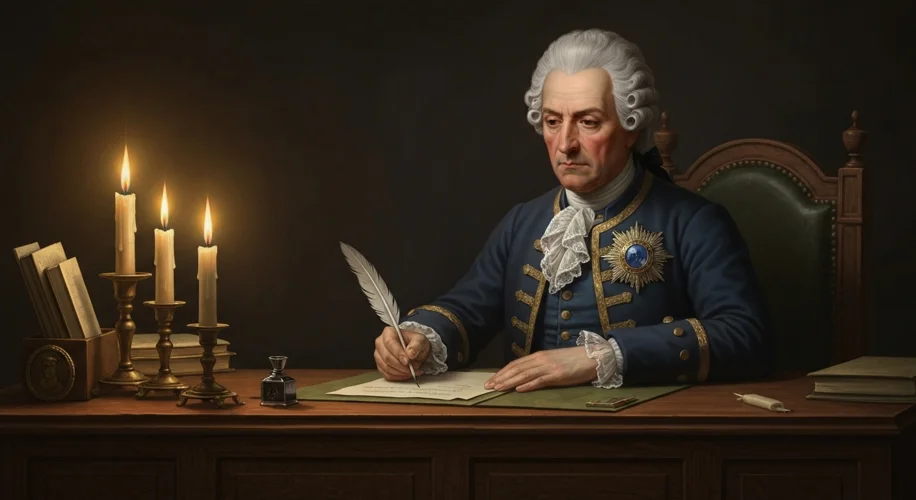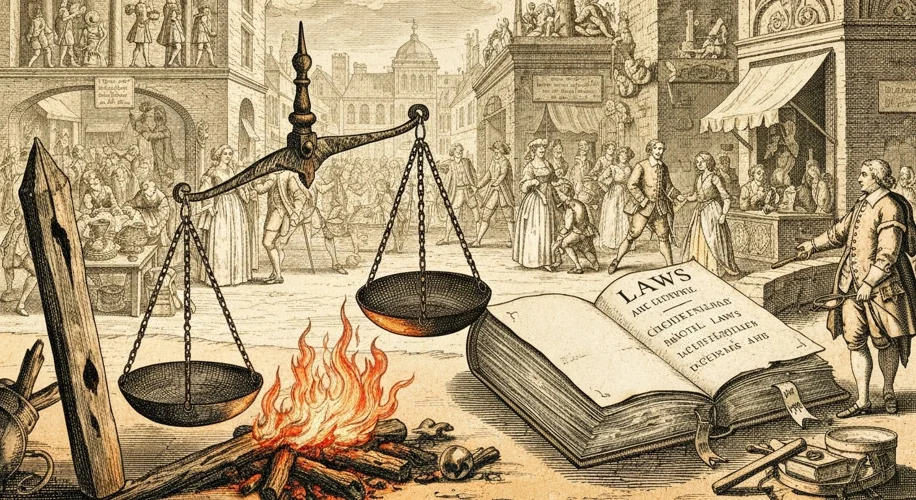The crackle of a hearth, the hushed whispers of ancient spells, the chilling fear of a malevolent curse – for centuries, these were potent realities in the European imagination, punishable by law. Yet, as Europe strode into the Enlightenment, the very concept of witchcraft began to unravel, not necessarily because rulers suddenly believed in spectral pacts and broomstick flights, but because their understanding of reality, justice, and the nature of proof had fundamentally changed. The abolition of witchcraft offenses in the 18th century marked a profound shift, not in the legality of magic, but in the very definition of what constituted a crime and who held the authority to judge it.
For over 300 years, from the late Middle Ages into the early modern period, Europe was gripped by a series of widespread witch hunts. Accusations of bewitching crops, causing livestock to sicken, or afflicting neighbors with ill health could lead to brutal interrogations, confessions under torture, and often, execution by burning or hanging. The infamous Malleus Maleficarum (Hammer of Witches), published in 1486, became a chilling manual for identifying, prosecuting, and punishing those accused of witchcraft. It codified the belief that witches were in league with the Devil, capable of supernatural feats through demonic pacts.

However, by the 17th and 18th centuries, a new intellectual current was gaining momentum. The Scientific Revolution, with its emphasis on observation, reason, and empirical evidence, began to challenge the deeply ingrained superstitions that had fueled the witch trials. Thinkers like René Descartes and Isaac Newton championed a worldview governed by natural laws, not supernatural intervention. This growing rationalism cast a skeptical eye on claims of demonic influence and impossible feats.
Crucially, the legal systems themselves began to evolve. The adversarial nature of trials, the reliance on spectral evidence (testimony about dreams or visions of the accused), and the use of torture came under scrutiny. Jurists and rulers began to question the validity of evidence extracted under duress and the fairness of trials that seemed predetermined to find guilt. The very notion of proof was changing. Simply being accused, or even confessing under torture, was no longer sufficient for many.
Consider the case of Maria Theresa of Austria. In the mid-18th century, she recognized the abuses inherent in the judicial process for witchcraft cases. While she did not necessarily disbelieve in the possibility of witchcraft, she was deeply concerned by the legal mechanisms used to prosecute it. She issued decrees that effectively ended the secular prosecution of witchcraft, shifting the focus from punishment to repentance and often ordering those accused to be confined or subjected to religious penance rather than execution. Her actions reflected a growing discomfort with the judicial machinery that had previously been accepted.
Similarly, in the Kingdom of Prussia, Frederick the Great, a proponent of Enlightenment ideals, abolished capital punishment for witchcraft in 1754. This was not necessarily a declaration that magic was harmless, but a pragmatic recognition that the existing laws and procedures were unjust and ineffective. The focus shifted from the supernatural act to the potential for human deception or mental illness.

The question, then, is whether these rulers believed witchcraft was real or not. The answer is nuanced. For some, like the more progressive Enlightenment figures, skepticism about the literal interpretation of witchcraft was growing. They saw accusations as rooted in fear, ignorance, and mental disturbances rather than genuine demonic pacts. For others, the motivation was more pragmatic: a desire to reform archaic legal systems, reduce the power of local courts that were often capricious, and establish more uniform, rational governance. The legal abolition was less about validating magic and more about invalidating the old methods of prosecuting perceived magical acts.
The abolition of witchcraft offenses did not instantly eradicate the belief in magic or the suspicion of those who might practice it. Folk beliefs persisted, and in some areas, especially those with less centralized authority or greater traditionalism, accusations could still lead to violence. However, the legal framework that had given the witch hunts their devastating power was dismantled. It was a victory for reason and a redefinition of justice, signaling that the state would no longer be the arbiter of supernatural claims based on outdated and often cruel legal practices.
The legacy of this shift is profound. It represents a critical step in the secularization of law and the development of modern legal systems, where evidence must be verifiable and due process paramount. The move away from prosecuting witchcraft wasn’t a sudden embrace of the supernatural, but a deliberate, albeit gradual, turning away from a justice system that had allowed fear and superstition to dictate the fate of thousands.

